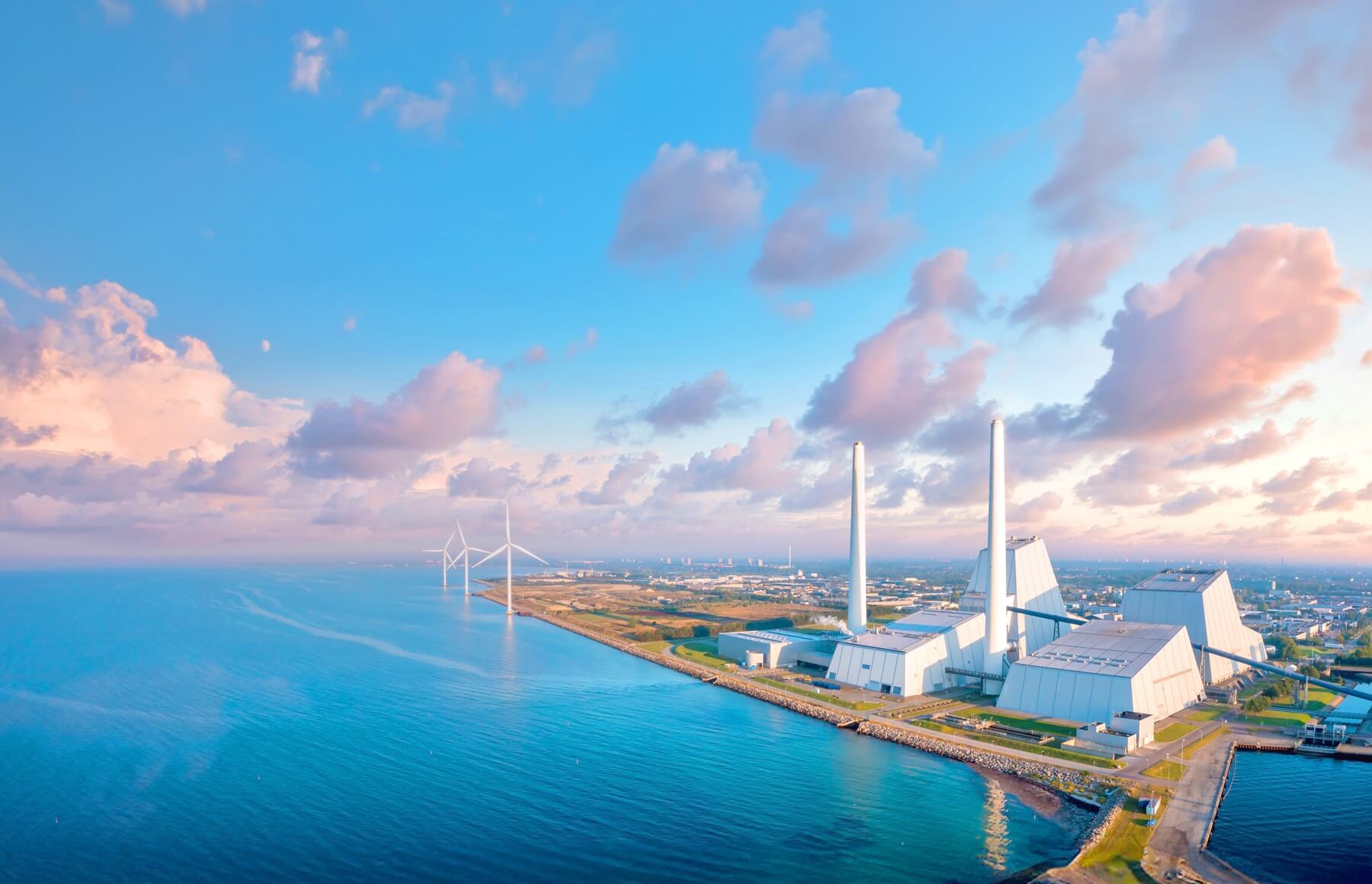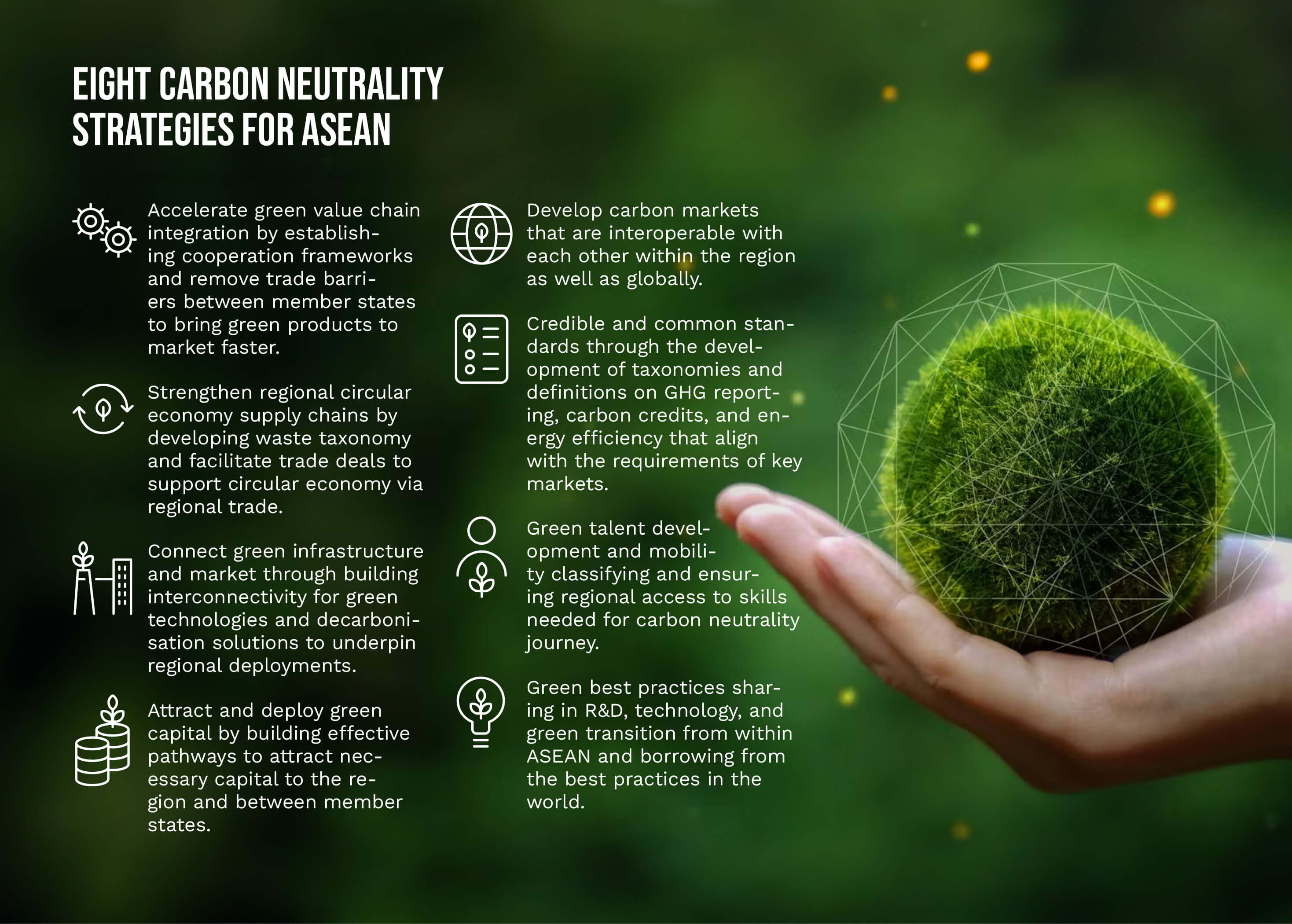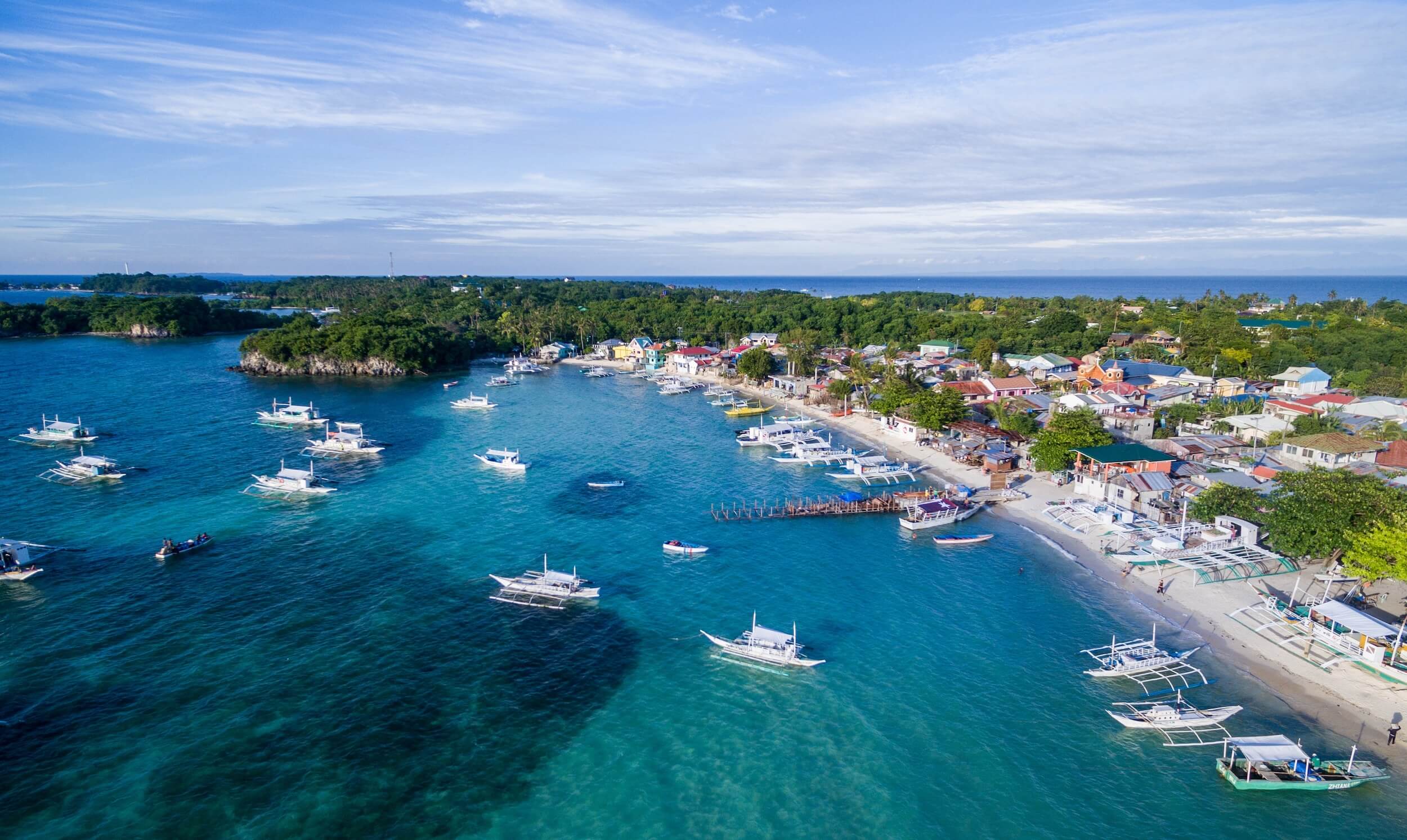



Climate action is urgent since the ASEAN region is acutely vulnerable to the various impacts of climate change. Its long coastlines, heavily populated low-lying areas, and high dependence on agriculture expose it to the threat of rising sea levels, severe floods, and prolonged dry seasons. Germanwatch’s Global Climate Risk Index noted that five of the world’s 20 most at-risk countries are from ASEAN.
Climate action is also crucial to maintaining ASEAN’s economic growth. Climate-related regulations such as the Carbon Border Adjustment Mechanism (CBAM) that will be introduced by the European Union in 2026 will impact trade and investment in the region, given the tariffs imposed on carbon-intensive products. Additionally, investors are increasingly considering climate action when deploying new investments and large corporations are demanding more access to renewable energy supply before committing to investments or capacity expansions.
An analysis by the Boston Consulting Group (BCG) highlighted that pursuing a carbon-neutral future holds the potential to create a value-add of between USD 3.0 and USD 5.3 trillion to ASEAN’s GDP by 2050. This can attract USD 3.7 to USD 6.7 trillion green investments, and generate between 49 and 66 million additional jobs in ASEAN.
Recognising this potential, the ASEAN Economic Ministers endorsed the ASEAN Strategy for Carbon Neutrality on 19 August 2023, a visionary strategy that provides a springboard to propel forward ASEAN’s green transition while unlocking huge economic opportunities in the region.
ASEAN Strategy for Carbon Neutrality
The ASEAN Strategy for Carbon Neutrality aims to accelerate an inclusive transition towards a green economy by fostering sustainable growth and complementing ASEAN Member States’ national policies in achieving their respective Nationally Determined Contributions target.
The strategy leverages ASEAN’s structural advantages to identify appropriate actions that can be taken collectively at the regional level to accelerate decarbonisation and achieve a carbon-neutral economy.
The strategy defines carbon neutrality as the state where the net carbon dioxide emissions of a geographical area reach zero. This means that the carbon dioxide emitted within a geographical boundary is offset by an equivalent absorption of carbon dioxide within the same boundary through carbon sinks or appropriately agreed-upon and accounted-for carbon transfers. ASEAN Strategy for Carbon Neutrality outlines eight strategies that will deliver four key outcomes for the region namely: i) development of green industries; ii) interoperability within ASEAN; iii) globally credible standards; and iv) development of green capabilities.

Why the ASEAN Strategy for Carbon Neutrality matters for businesses
Market opportunity and green competitiveness
Demand for sustainable products and services is skyrocketing globally. Consumers are increasingly conscious of environmental impact and prioritise brands that demonstrate commitment to sustainability. Aligning with the ASEAN strategy positions businesses to tap into this growing market and strengthen their brand image.
The transition to a green economy opens up new opportunities for innovation and investment. Businesses can develop and leverage cutting-edge clean technologies, circular economy models, and carbon-neutral processes, gaining a competitive edge in the region’s rapidly evolving market.
Regulatory compliance and risk mitigation
Carbon neutrality is not just an aspiration, it is becoming a regulatory reality. Countries across ASEAN are implementing stricter environmental regulations and carbon pricing mechanisms. The ASEAN strategy helps businesses anticipate future regulations and avoid potential penalties or operational disruptions.
Climate change poses significant risks to businesses, including supply chain disruptions, resource scarcity, and extreme weather events. The strategy’s goals are to help businesses build resilience, mitigate these risks, and ensure long-term operational sustainability.
Collaboration and shared value creation
The ASEAN strategy emphasises regional cooperation and collaboration. Businesses can participate in cross-border partnerships, knowledge sharing initiatives, and joint ventures to access resources, expertise, and scale up their climate action efforts.
Note: This article appears in the January 2024 edition of ASEAN for Business Monthly Bulletin: https://asean.org/our-communities/economic-community/resilient-and-inclusive-asean/public-private-sector-engagement-ppe/








